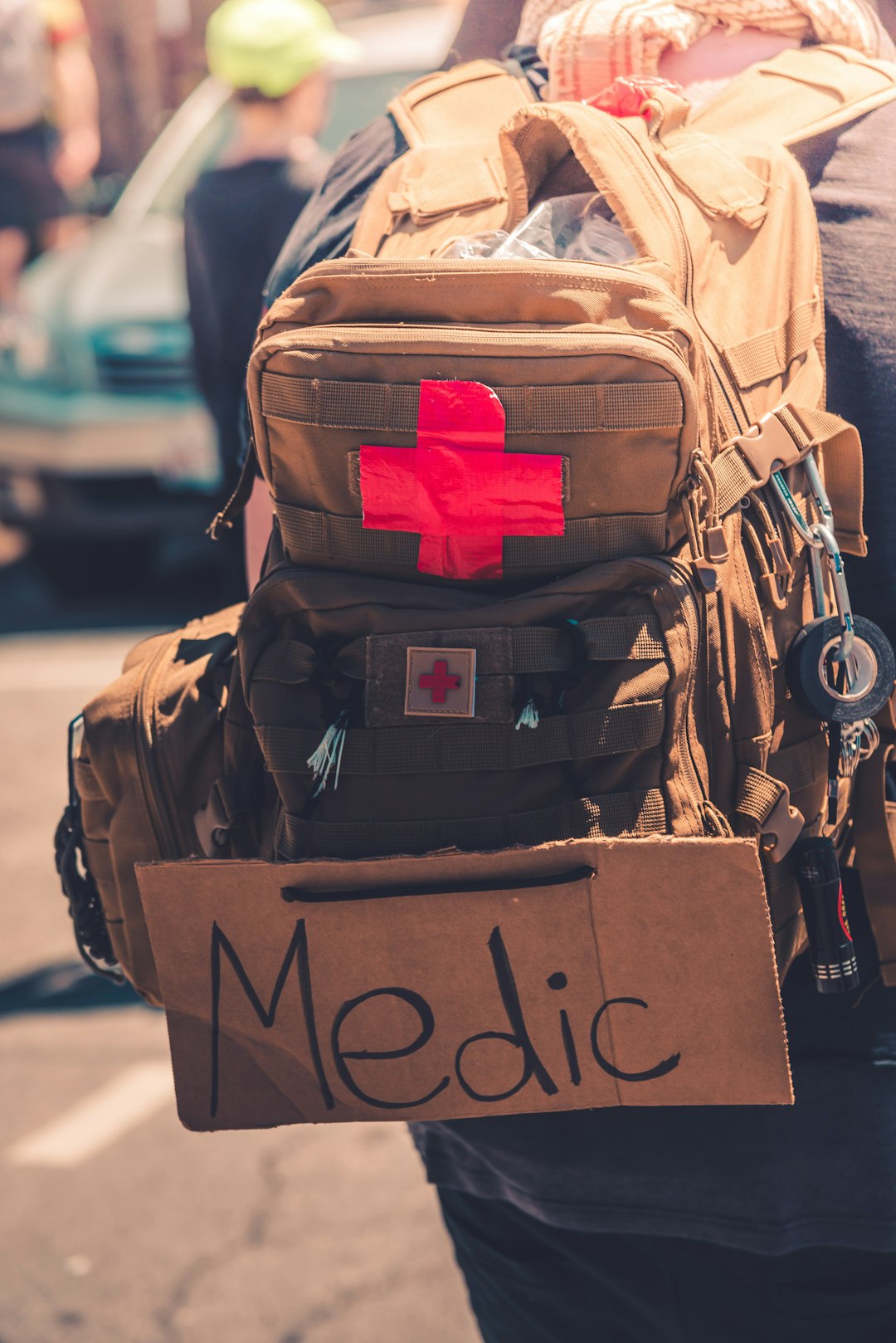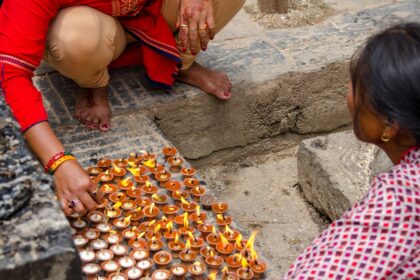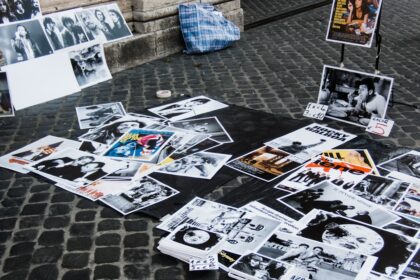Discover expert advice with QuickAdvisr. Traveling is an exciting way to explore new places, but it’s essential to be prepared for unexpected health issues. A well-stocked travel first aid kit can be a lifesaver in emergencies. In this guide, we’ll break down the 12 Must-Have Items for Your Travel First Aid Kit: Examples and Costs to ensure you’re ready for anything on your journey.
- QuickAdvisr Guide: Why You Need a Travel First Aid Kit
- 12 Essential Items for Your Travel First Aid Kit
- 1. Adhesive Bandages
- 2. Antiseptic Wipes
- 3. Gauze Pads and Medical Tape
- 4. Tweezers
- 5. Pain Relievers
- 6. Antihistamines
- 7. Hydrocortisone Cream
- 8. Thermometer
- 9. Scissors
- 10. Electrolyte Tablets
- 11. Emergency Blanket
- 12. First Aid Manual
- Cost Breakdown of a Travel First Aid Kit
QuickAdvisr Guide: Why You Need a Travel First Aid Kit

Accidents and illnesses can happen anytime, anywhere. Whether you’re hiking in the mountains or exploring a bustling city, having a travel first aid kit ensures you can handle minor injuries or health issues promptly. It’s a small investment that can make a big difference.
“A travel first aid kit is not just a convenience—it’s a necessity. Being prepared can prevent minor issues from turning into major problems.”
12 Essential Items for Your Travel First Aid Kit

1. Adhesive Bandages
Adhesive bandages are perfect for covering small cuts, blisters, or scrapes. Pack a variety of sizes to accommodate different injuries.
Cost: $3–$5 for a pack of 20–30.
2. Antiseptic Wipes
Antiseptic wipes are crucial for cleaning wounds and preventing infections. They’re lightweight and easy to carry.
Cost: $2–$4 for a pack of 10–20.
3. Gauze Pads and Medical Tape
Gauze pads are ideal for larger wounds, while medical tape secures them in place. These items are essential for handling more serious injuries.
Cost: $4–$6 for a pack of 10 gauze pads and $2–$3 for medical tape.
4. Tweezers
Tweezers are useful for removing splinters, ticks, or debris from wounds. Opt for a stainless steel pair for durability.
Cost: $3–$5.
5. Pain Relievers
Over-the-counter pain relievers like ibuprofen or acetaminophen can help manage headaches, muscle pain, or fever.
Cost: $4–$7 for a small bottle.
6. Antihistamines
Antihistamines are essential for treating allergic reactions, insect bites, or mild allergies. Carry a non-drowsy formula for convenience.
Cost: $5–$8 for a pack of 10–20 tablets.
7. Hydrocortisone Cream
Hydrocortisone cream soothes itching, rashes, and skin irritations. It’s a must-have for outdoor adventures.
Cost: $4–$6 for a small tube.
8. Thermometer
A compact digital thermometer helps monitor body temperature in case of fever or illness.
Cost: $8–$12.
9. Scissors
Small, travel-friendly scissors are useful for cutting gauze, tape, or clothing in emergencies.
Cost: $3–$5.
10. Electrolyte Tablets
Electrolyte tablets help replenish lost minerals and prevent dehydration, especially in hot climates or after physical activity.
Cost: $6–$10 for a pack of 10–20 tablets.
11. Emergency Blanket
An emergency blanket provides warmth in cold conditions or shock situations. It’s lightweight and compact.
Cost: $3–$5.
12. First Aid Manual
A first aid manual provides step-by-step instructions for handling emergencies. It’s a valuable resource for travelers.
Cost: $5–$10.
Cost Breakdown of a Travel First Aid Kit
Here’s a summary of the estimated costs for building your own travel first aid kit:
| Item | Cost |
|---|---|
| Adhesive Bandages | $3–$5 |
| Antiseptic Wipes | $2–$4 |
| Gauze Pads and Medical Tape | $6–$9 |
| Tweezers | $3–$5 |
| Pain Relievers | $4–$7 |
| Antihistamines | $5–$8 |
| Hydrocortis 📌 Related reading: The Hottest Celebrity Fashion Trends of 2024 Disclaimer: This article was generated with AI and is for informational purposes only. Verify with trusted sources before making decisions. 📌 Learn more at QuickAdvisr. |













